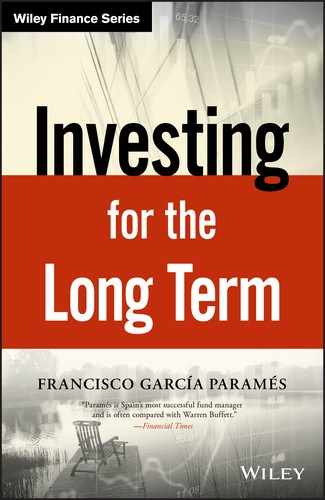Book Description
Make the smartest choices you can with this must-have read for investors by one of the world's legendary value investors
World-renowned investor Francisco García Paramés shares his advice and tips on making smart investments in this must-have book for those looking to make smarter choices for their portfolio. Investing for the Long Term is divided in two parts. The first is formed by three chapters covering Francisco's education and first steps, his initial experience as an investor working alone, and the team work after 2003. This riveting section covers the end of the biggest bull market of the 20th century and the technological and financial crashes of 2000 and 2008. How the team dealt with all that is an interesting personal account that can help you deal with similar situations, should they occur.
The second part of the book covers the cornerstones of Francisco's philosophy. It starts with a chapter in Austrian economics, in his view the only sensible approach to economics, which has helped him enormously over the years. It follows with an explanation of why one has to invest in real assets, and specifically in shares, to maintain the purchasing power of ones savings, avoiding paper money (fixed income) at all costs. The rest of the book shows how to invest in shares.
- Discover the amazing investing principles of one of the most successfully fund managers in the world
- Examine how one man and his company weathered the two of modern times’ biggest economic crashes
- Learn how to safely invest your savings
Value investing and effective stock-picking underlie some of the world's most successful investment strategies, which is why Investing for the Long Term is a must-have read for all investors, young and old, who wish to improve their stock selection abilities.
